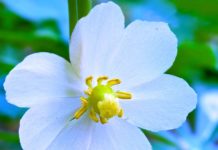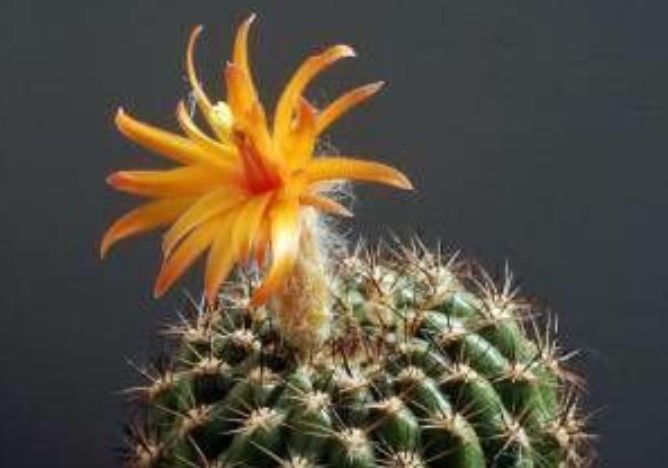Lily of the Valley is every so often written lily-of-the-valley. Actually, its scientific name is “Convallaria majalis” and is pleasantly scented. It is a highly toxic woodland flowering plant that is native throughout the cold temperate Northern Hemisphere in Asia, and Europe.
This is perhaps the only species in the genus Convallaria. This was previously placed in its own family Convallariaceae, and, like a lot of lilioid monocots, before that in the lily family Liliaceae. Most people recognize the little white, bell-like flowers of this plant. Even the fragrance is unmistakable.
The flowers are indeed beautiful and naturalized in the right setting. Lily of the valley is a useful ground cover, but it can be a disappointment if it is in the wrong place. The leaves two emerge to embrace each flower stalk are not evergreen but start to turn brown in late summer and cannot be walked on at all.
The roots are quite invasive interfering with the growth of everything else it’s all its own. The plants produce orange berries after the flowers, but the berries are not profuse. The variety Rosea is pink. Plants are hardy and if you want to grow Lily of the valley. Then it does better in part or full shade than it does in sun and will tolerate even dense shade.
It likes fertile, moist soil. Plants can be divided easily for propagation. If your bed is flowering poorly, divide and replant or donate the excess to your favorite charity. Lily of the valley is a good plant for a Mother’s Day fundraiser.







